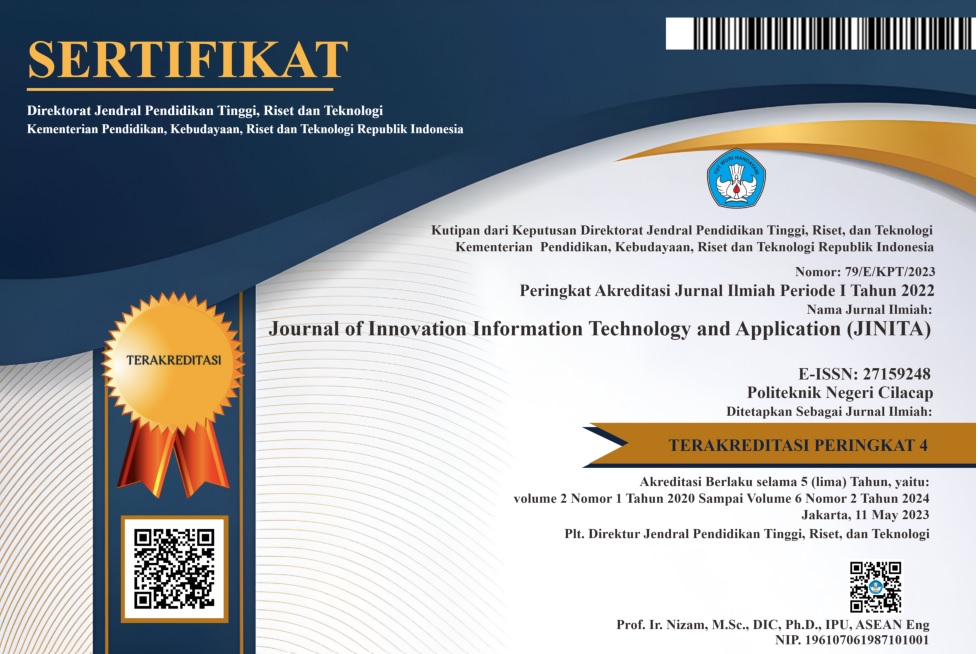Implementasi Raspberry Pi untuk membantu Klinik dan Pengembangan Website Klinik menggunakan Rapid Application Development
 Abstract views: 214
,
Abstract views: 214
,
 PDF downloads: 226
PDF downloads: 226
Abstract
One of the Internet of Things (IoT) components is a microcontroller. One of the many microcontrollers is the Raspberry Pi. This component is often used because it is similar to a small computer. Many people use Rapid Application Development (RAD) in making web-based applications because it is considered very flexible and can iterate on the design and development section. There are several studies related to utilizing website development to help hospitals. However, the real problem is that the use of technology such as clinical information websites has not been widely used for small clinics. This is hampered by the location of the clinics, which are far from the urban center. This study has a goal to develop a website application with the help of a Raspberry Pi. This component works as a computer replacement medium (having wifi and a processor) applied to clinical LED TV because there is no computer to display it, and making the administration of the website itself tested by testing and evaluation using Black Box and User Acceptance Test (UAT). In testing and evaluation, it was found that 5 trials of Black Box testing got good results with all categories achieved. 76.13% of UAT results are included in the "Satisfied" category on the UAT test where the best result is "Very Satisfied". Furthermore, research has not focused on the actual application of IoT and needs to be studied more deeply in making IoT integrated with the website
Authors who publish with this journal agree to the following terms:
- Authors retain copyright and grant the journal right of first publication with the work simultaneously licensed under a Creative Commons Attribution License that allows others to share the work with an acknowledgement of the work's authorship and initial publication in this journal.
- Authors are able to enter into separate, additional contractual arrangements for the non-exclusive distribution of the journal's published version of the work (e.g., post it to an institutional repository or publish it in a book), with an acknowledgement of its initial publication in this journal.
- Authors are permitted and encouraged to post their work online (e.g., in institutional repositories or on their website) prior to and during the submission process, as it can lead to productive exchanges, as well as earlier and greater citation of published work (See The Effect of Open Access).
















